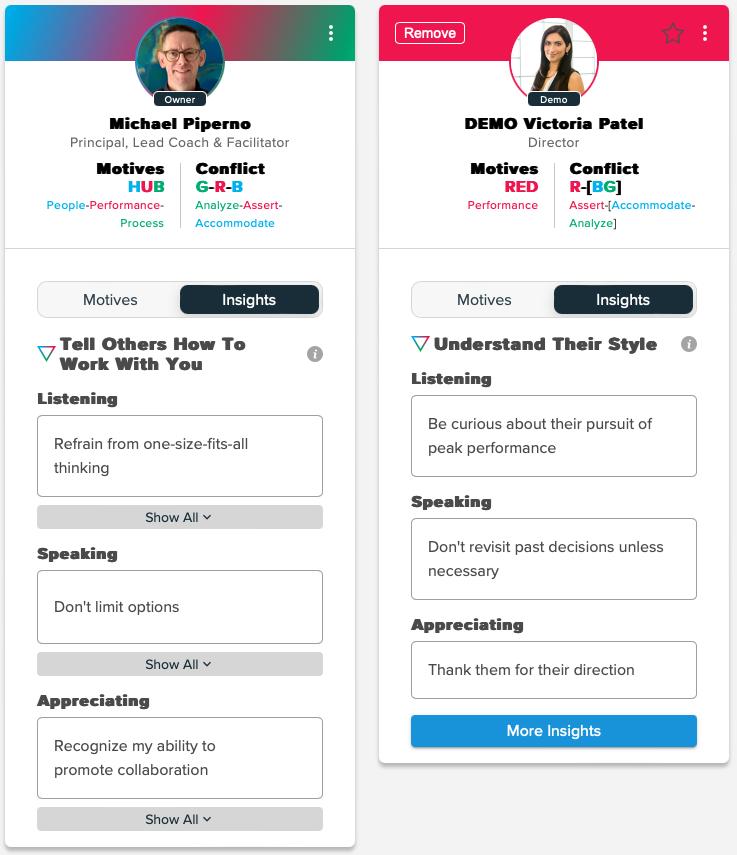The New Rules of Executive Presence: Beyond Outdated Notions
Leadership and executive presence have evolved far beyond traditional stereotypes. I coach a lot of leaders on presence, and I’ll tell you right now that there is no “template” or “one way” to have presence. You need to do the work to find your authentic way to show up for yourself, and for the people you lead. Your way might not look like what you traditionally think about presence.
Let’s explore how modern-day leaders can cultivate a powerful presence that inspires and influences others.
Personal Brand vs. Executive Presence
Personal Brand: Your personal brand is your unique identity—the way you market yourself both within your organization and to external prospects and clients. It’s about confidently communicating your passions, value, and distinctive qualities. A strong personal brand establishes your abilities and capabilities in the minds of others.
Executive Presence: Executive presence goes beyond personal branding. It’s the intangible quality that makes you a leader others want to follow. It’s a blend of character, attitudes, and behaviors that demonstrate your commitment to your beliefs, values, and the success of those around you. When you possess executive presence, you look, sound, and act like a leader in the eyes of your team.
Perception Management, Not Manipulation
Both personal brand and executive presence involve managing perceptions, but they are not manipulative tactics. Instead, they require deep self-awareness. Knowing your passions, values, and authentic purpose allows you to communicate and connect genuinely with others. Remember, a leadership title doesn’t automatically grant executive presence; it’s earned through consistent actions and behaviors.
Authenticity Matters
Here’s where outdated notions of presence fall off the rails. People can sense when it’s all an act. Learning how to perfect body language, eye contact, “charisma” — sure, they can help. But that’s not the whole story. In fact, I firmly believe you can be someone who struggles with certain traditional “behaviors” that are associated with presence and still have a strong presence that inspires people.
Authenticity is the key. Being authentic is the cornerstone of executive presence. And it isn’t about conforming to expectations; it’s about staying true to ourselves while adapting to our roles — and adapting our communications for those we lead.
The New Rules
- Transparency and vulnerability build trust. Share your challenges and growth experiences openly.
- Truly listen to others. It’s a sign of respect and empathy. And minimize those darn distractions that take your attention away.
- Adapt swiftly to change. Flexibility and agility are essential.
- Be digital savvy. Mastering digital communication is crucial.
- Champion inclusion. Create an environment where everyone feels valued.
The Bottom Line
Modern leadership and executive presence transcends outdated norms. It’s about authenticity, adaptability, and genuine connection. As leaders, let’s redefine presence and inspire those around us to do the same.
This post was inspired by a new workshop I am co-creating with a colleague as well as a recent HBR article that’s worth the read.
—
Michael Piperno is a communication coach and executive presence expert. His insights empower leaders to communicate effectively and authentically.
The New Rules of Executive Presence: Beyond Outdated Notions Read More »



